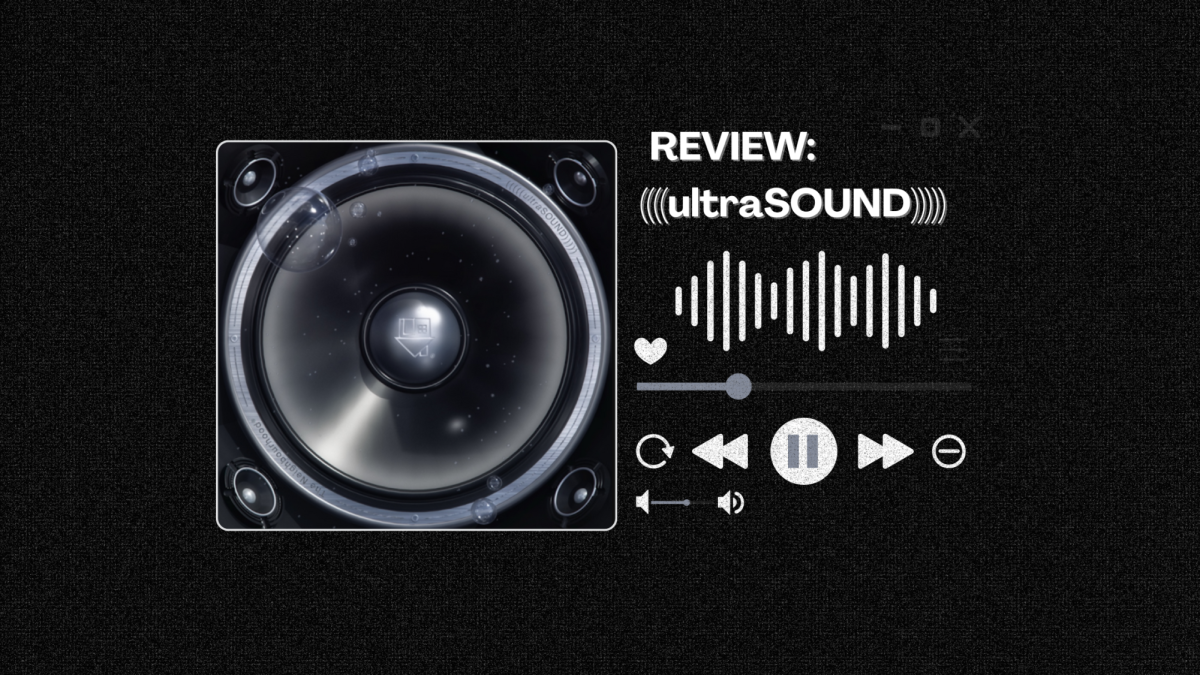Smart classrooms at Sac State incorporate technological teaching methods
March 13, 2012
With the advent of smart classrooms at Sacramento State, technology has been incorporated into methods of teaching and changing the way professors instruct their class.
Nathan Tharp, Sac State computer technician, said a smart classroom allows the instructor to connect their laptops to teach their class.
“What we want to see in a smart classroom is that we want to guarantee faculty is they can walk into a room and hook up their laptops,” Tharp said. “That’s our main definition of a smart classroom.”
Gadgets such as the document cameras and projectors can be seen inside classrooms such as Del Norte Hall 1010 and Folsom Hall 1050, will help teachers instruct their classes in the best way possible.
Vice President of Information and Technology Larry Gilbert said renovated classrooms are equipped with the latest bells and whistles in technology.
“The most modern classrooms that have been fully updated have access to all the latest technology through robust network connections, a built-in computer and a large group display device,” Gilbert said. “There’s also a podium that has other conventional technology, such as playing DVDs. Plus, there’s a telephone line for teleconferences and Skype.”
With these updates, Gilbert said he hopes it will give students the maximum learning atmosphere they need and will allow instructors to have a myriad of ways to teach their lesson plan using the gadgets implemented in the classroom.
“More importantly, what we’ve done with the classrooms is to try to create an environment for flexible technology use,” Gilbert said. “It’s not about the technology. It’s about design of the room and the way it facilitates use of the technology.”
There are 173 basic smart rooms, 49 advanced smart rooms and 183 classrooms with limited technology. Some of the advanced smart rooms are located in Mendocino Hall 1005, Riverside Hall 1015 and Humboldt Hall 202. Kadema Hall and Eureka Hall are lacking smart classrooms.
Not only are these classrooms focused on a technological aspect, but also the students’ learning experience so the teacher can be heard clearly, Gilbert said.
“We design good acoustics so that students can hear both the instructor and the media technology, streaming videos and such,” Gilbert said. “We work hard to have comfortable seating and that facilitates learning and we put a lot of attention creating a physical facility that allows for flexible formation of learning groups.”
Tharp said students’ comfort in the classroom is another aspect of the smart classrooms and he is working to add that to the classrooms.
“In the old days, there wasn’t much attention paid to the quality of the seating,” Tharp said. “We’re trying now to focus more on getting a good warranty, where the fabric doesn’t stain easily, where it can take a certain amount of rub before it starts to rip and tear. So we’re trying to focus on making student seating more pleasant.”
Although these features immensely benefit students and faculty, it begins to add up when budget cuts start affecting the ability to maintain the smart classrooms.
Gilbert said with all the smart classrooms on campus, it currently costs $500,000 to maintain. Due to the budget cuts, the technology fund is limited to $250,000 to maintain all the classrooms.
“For two years, we didn’t have a dedicated maintenance fund to maintain our classrooms,” Gilbert said. “A portion of that money was restored in this current year. We probably only have 50 percent of the level of funding that we need in order to maintain and replace old equipment in what we have in our classrooms.”
Associate English professor Jason Gieger said the smart classrooms help articulate his lesson plans better.
“I enjoy that with that background, smart classrooms allow me to bring in and utilize all sorts of different text for those sorts of classes, those divergent mix of classes,” Gieger said.
Gieger, who teaches classes such as “Films of Alfred Hitchcock” and “Restoration Comedy,” said he appreciates all the technologies giving him a multi-textured way of teaching.
“I think between the document cameras, the video equipment, the computers, the ability to bring things by way of the auxiliary function, it really has opened up all sorts of different supplemental ways to teach, supplemental ways to bring in different sorts of text to inform whatever sorts of readings or presentations you’re going to give that day,” Gieger said. “I like that it allows for various ways to teach and various ways that a day’s session can go.”
Sac State graphic design sophomore Sara Warren said these classrooms help because it makes learning easier for the students.
“We actually had smart rooms in my high school,” Warren said. “I think that’s the good part of the technical stuff. Being able to have the tablets connected to the projector and being able to see the notes, it’s enlarged rather than the teacher having to write on the board and taking forever. I think it’s a definite benefit because everyone’s able to see it.”
Gilbert said the idea of the classroom is changing now because some classes are not in discussion-based classrooms anymore.
“Another phenomenon that I’ve seen is a lot of faculty members have moved to teaching their classes in computer labs so that all students have access to a comp during class,” Gilbert said. “It has happened much more frequently than it did in the past. The definition of the classroom is changing from what we think of is a traditional tablet-arm classroom.”
Camille Anglo can be reached at news@statehornet.com.
































































































































